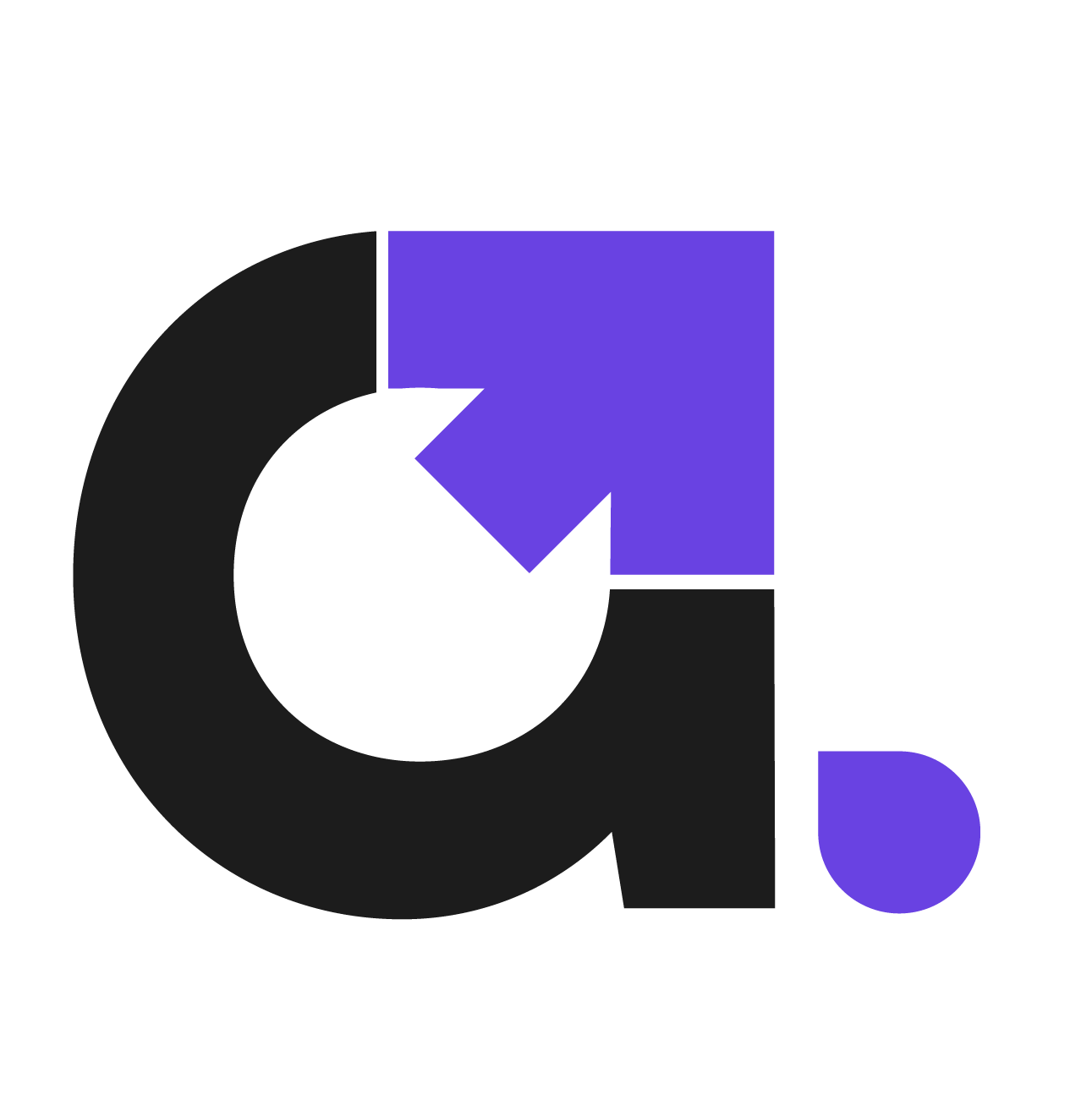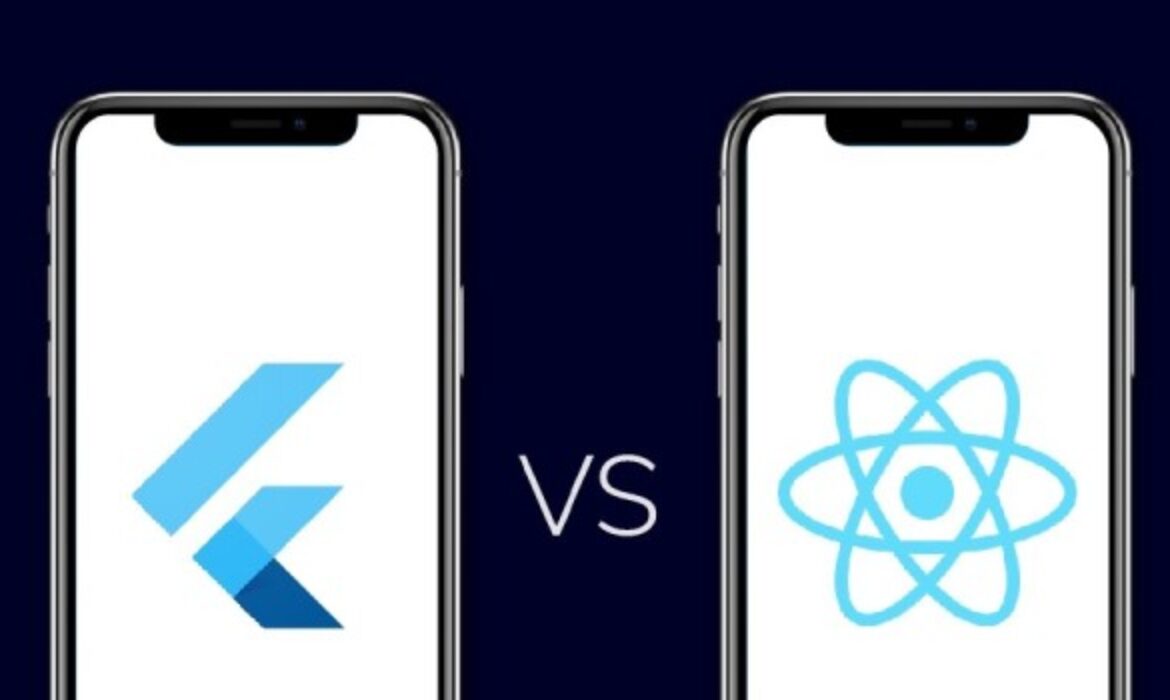Flutter and React Native are mobile app development frameworks by Google and Facebook respectively. Backed by the most impressive names in the Technology Industry, it is natural to compare the two. Both Flutter and React Native are regarded as the top frameworks to use and are often pitted against the other. Before we move on to the pros and cons, here is a brief overview of the two frameworks.
What Is Flutter?
Flutter is an open-source SDK that develops cross-platform apps using a single codebase. It was launched by Google in 2017. Some of the popular apps built using Flutter are Google Ads, The New York Times and Google Pay.
What Is React Native?
React Native is a cross-platform app development framework based on the JavaScript programming language. This open-source framework was launched by Facebook in 2015. Tesla, Instagram, UberEats are some of the most popular apps developed using React Native.
Flutter Vs. React Native – Which Framework Is Better?
We have compiled a detailed comparison between Flutter and React Native, considering factors like architecture, programming language, UI components, testing, productivity, code maintainability, community support and performance.
Architecture
Flutter follows the Dart framework which comes in-built with a plethora of components. With Skia, there is no need for a bridge to compile UI to native code. This makes Flutter ideal for developing complete apps within the tool. Its layered architecture starts with platform-specific widgets and is succeeded by basic widgets, rendering layers, animation gestures and a platform-specific embedder.
React Native supports the Flux architecture from Facebook, which develops client-side applications using this architecture. React Native relies on a JavaScript bridge to communicate with native modules and elements like camera, Bluetooth and more. This can result in slower performance and increased app size.
Programming Language
Flutter uses Dart, a programming language developed by Google in 2011. For building apps in Flutter, one has to learn Dart as well. While it may not be a widely used language, Dart is easy to learn as it is based on Java and JavaScript.
React Native is based on the widely used JavaScript which is well-known in the developer’s community. This factor allows flexibility and saves time as developers would not have to learn a new language like Dart.
UI Components
Flutter supports integrated widgets which reduces the need to look for third-party libraries. Integrated components offer better UI customization as well as consistency across platforms. The in-built widgets are made to seamlessly support material design that can be customized to the needs of your app. The framework supports Cupertino and Material Widgets to mimic iOS and Android design languages respectively. With a vast range of components like navigation, device API access, stateful management etc., Flutter is an all-inclusive framework for developing mobile apps.
React Native’s capacity in terms of UI components is quite limited. It provides basic tools like buttons, sliders and anything beyond that has to be searched on third-party libraries. While dependency on third-party libraries can be high, the good thing is that many high-quality libraries are supported on React Native such as React Native Elements, NativeBase, React Native Material Kit which help build robust user interfaces. The libraries can, however, be outdated and unmaintained at times which can lead to issues.
Testing
Flutter has several rich testing features that support testing at many levels – unit, widget and integration. To make the testing process easier, it also provides comprehensive documentation for developing and releasing both iOS and Android apps. The vast amount of documentation makes testing and deployment very seamless for the developers.
React Native, on the contrary, provides no official support for integration or UI level testing. It is dependent on third-party tools like Detox and Appium that can be leveraged for this purpose. For unit testing, React Native supports a few frameworks and tools like Jest can be utilized for snapshot testing. Reliance on third-party libraries for build and release automation and lack of automated steps to deploy apps can be a drawback.
Productivity
Flutter features the popular hot reload feature that allows developers to make code changes in a running app. This maintains the application’s state, saving a great amount of time and effort. When it comes to the IDE (Integrated Development Environment), Flutter lets developers choose from Visual Studio or Android Studio. Since Dart is a relatively new programming language, there is a huge scope for more support in IDEs.
React Native also has a hot reload feature called fast refresh. The feature performs the same function though it is comparatively slower than Flutter. With regards to IDEs, the framework allows flexibility to developers to make use of any IDE or text editor most suited for them. The developer support for IDEs is also substantially more since JavaScript is a widely-used programming language.
Code Maintainability
Flutter makes it very easy to maintain codes, giving developers the ability to easily identify issues, support third-party libraries and source external tools. The simple code in addition to hot reload enables immediate debugging and accelerates releasing updates. Inspector, OEM Debugger, DevTools are some of the tools that make debugging a seamless process.
React Native can be a bit challenging when it comes to updating and debugging apps. Since third-party library dependencies are substantial, maintaining it can cause unexpected problems as these components might be outdated. Bugs can occur from the apps’ code, third-party libraries as well as from React Native itself and this can negatively impact the timelines in your development process.
Community Support
Flutter, being a relatively newer framework, has a smaller but steadily growing community of developers. In the coming time, we can expect increased community engagement to help developers solve common problems.
React Native is older, much more established and backed by a huge community of developers. The vast documentation includes many extensive libraries, articles and tutorials which simplifies learning and problem-solving for developers. Additionally, support for virtually every IDE can be found for React Native.
Performance
Flutter is faster and superior when it comes to performance as it is compiled into ARM libraries. With the capability to process 60 FPS, it delivers smooth animations and a high degree of screen flexibility. As Flutter functions without a bridge to interact with native components, the speed of development is accelerated,
Flutter is faster and superior when it comes to performance as it is compiled into ARM libraries. With the capability to process 60 FPS, it delivers smooth animations and a high degree of screen flexibility. As Flutter functions without a bridge to interact with native components, the speed of development is accelerated,
Final Words
Every project has different requirements and thus, there is room for both Flutter and React Native to develop mobile apps. These frameworks cater to various needs and each has their advantages and drawbacks. While React Native has a higher adoption rate, Flutter is growing at a rapid pace as well. Here is a quick round-up that might help you decide.
Choose Flutter If You Want To:
- Develop apps that deliver performance between 60 to 120 FPS
- Accelerate coding process and quickly deploy into the market
- Simply customize UI with widgets, minimal testing and faster performance
Choose React Native If You Want To:
- Develop apps with flexible timelines and commercials
- Use a mature framework that is easy to learn and offers extensive community support
- Achieve efficiency by leveraging reusable code for web, mobile and desktop development.






